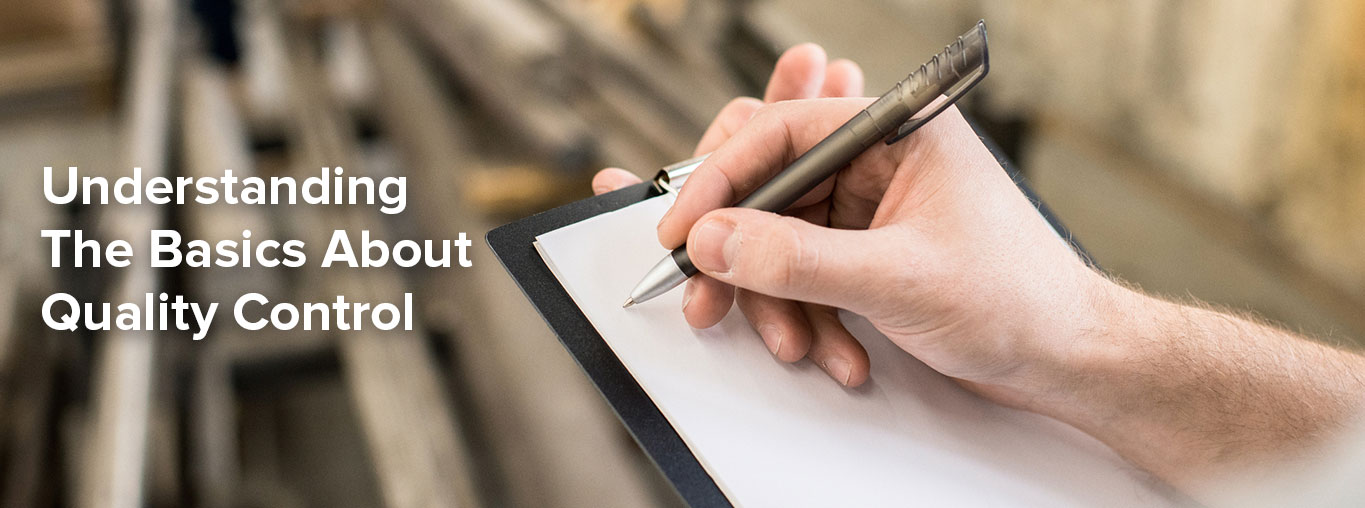Understanding The Basics About Quality Control
The concept and importance given to quality control has continued to evolve with time. There was once a time where quality control was primarily used as a way to ensure customer satisfaction, But today quality control has also become a method of reducing costs and improving efficiency.
Firstly, quality control is the main factor in the manufacturing process. Creating a good reputation is linked to quality control. It comes as no surprise that manufacturers are often known in the industry for their quality assurance processes and customers are easily attracted to companies promoting high-quality standards.
Let’s take a closer look at the basics and identify what every manufacturer needs to know about quality control standards:
Advantages of Effective Quality Control
Identifying and eliminating any defects or inconsistencies in products before they reach the customer remains the main goal of quality control in manufacturing. A strong quality control system set comes with many important benefits for manufacturers. Some of these include:
- Minimized Waste: Reducing defective products that would ultimately end up as waste
- Compliance assurance: Ensuring products follow all regulation
- Improved product safety: Defective products can have hazardous consequences.
- Increased profits: Manufacturers don’t have to invest extra money rebuilding and refunding with minimized defects.
Taking extra time and effort to implement an effective strategy for monitoring quality can help your business in the long term.
Create a Quality Control Plan
A quality control plan includes the entire manufacturing process i.e every tool, specification, technique, control method, and reaction plan. This outcome ensures that each step in the manufacturing process is mapped out and structured in a way that creates a quality final product as efficiently as possible.
An effective quality control plan should include the following:
- Teaming up with members of each department, from engineers and manufacturers to quality control specialists and sales representatives and streamlining the processes.
- Review part drawings to identify key specifications
- Create a clear process flow diagram to map out the product’s journey from start to finish in detail
- Make a list of key processes and tools used to manufacture the part
- Analyze the measuring equipment and techniques associated with specifications
List out the sampling size, control methods and reaction plans
With quality control plans in place, they can serve as living documents that help evolve as processes, equipment, and other factors are updated. This plan should serve as a foundation for your manufacturing process and be referred to frequently throughout the product journey.
Provide the Right Documentation
Manufacturers often have verticals and create products that are used across a wide range of industries. In such a case, each industry has to follow different regulations and different quality assurance protocols to meet the standards of their field.Therefore, it is important for manufacturers to consider providing a variety of quality control documentation to meet the regulations of the industries they serve.
Harkesh Rubber is known for manufacturing quality moulded rubber products and custom design it in different sizes as per the client’s requirement. Our reliable rubber products are a result of the quality control measures we take to ensure the best sealing solutions for our clients.








